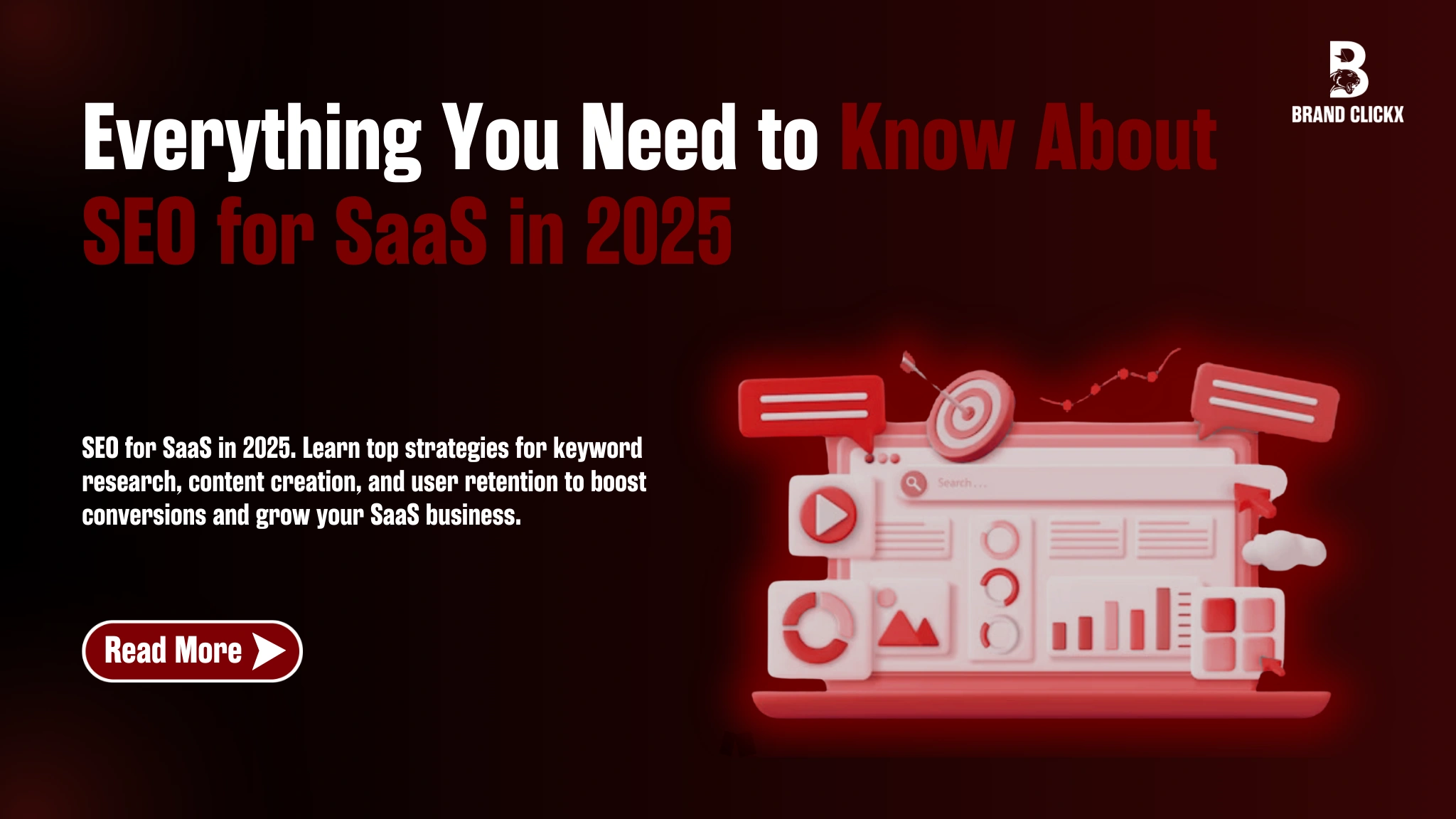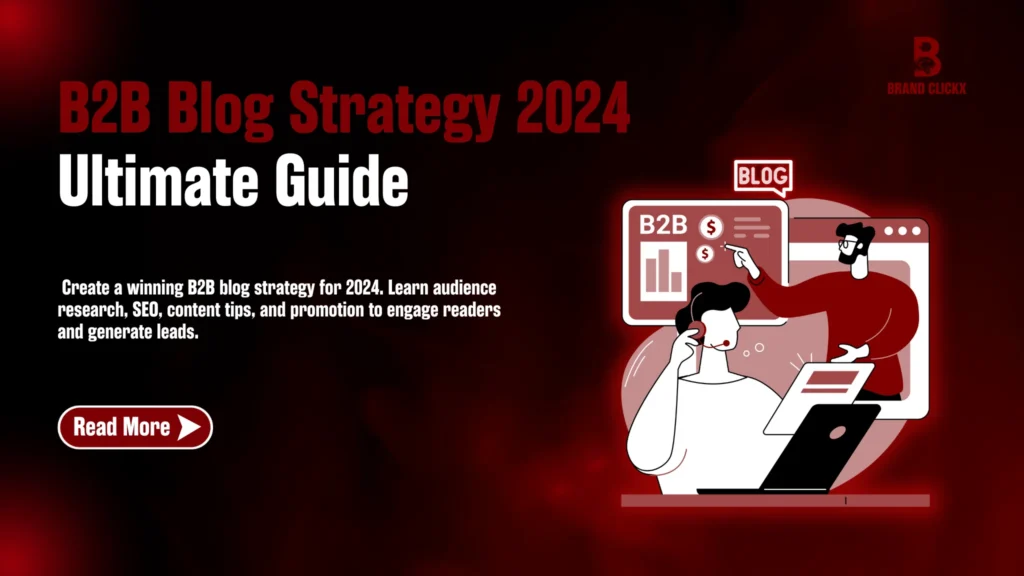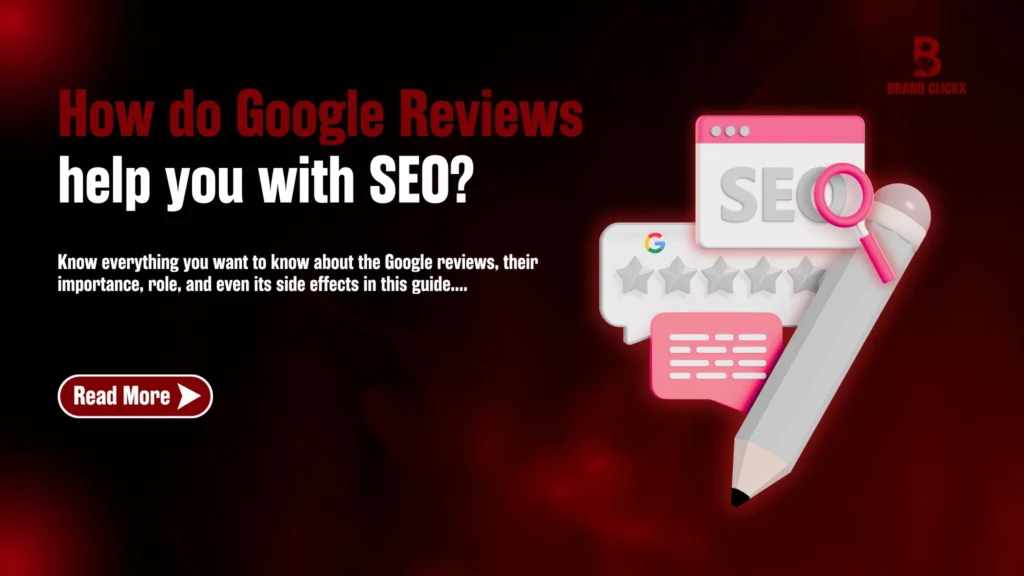SEO for SaaS isn’t just about ranking high. It’s about getting the right users at the right time with the right intent. Unlike e-commerce or blogs, SaaS SEO needs to attract, convert, and retain users through a long buying cycle.
People don’t buy software on impulse. They research, compare, and hesitate before making a decision. That’s why your SEO strategy must guide them at every stage, from awareness to conversion.
This guide will show you how to crack the SEO code for SaaS.
Understanding the SaaS Buyer Journey & SEO Impact
SaaS sales don’t happen overnight. People don’t just search, click, and buy. They research, compare, and take their time. The sales cycle is longer, and a single touchpoint isn’t enough.
That’s where you need a proper SEO strategy. It guides potential users through every stage of the funnel. It goes from awareness to decision-making and beyond.
SEO for Different Stages of the SaaS Funnel
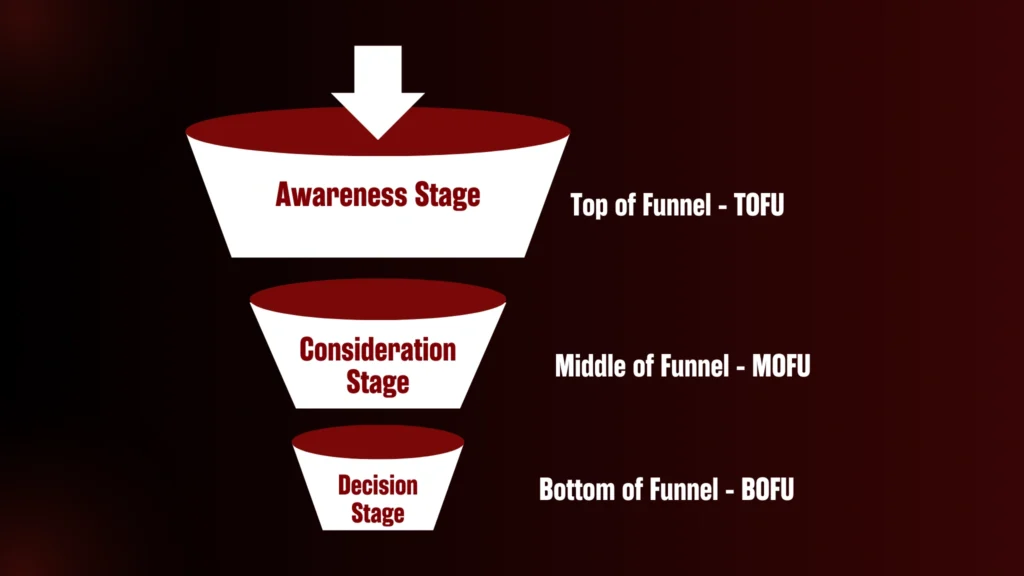
1. Awareness Stage (Top of Funnel – TOFU)
At this stage, users don’t even know they need your software. They’re searching for solutions to their pain points.
- SEO Goal: Capture early interest with informational content.
- Content Type: Blogs, how-to guides, industry reports.
- A CRM SaaS company can target “How to organize customer data efficiently” instead of just “best CRM software.”
Ranking for these searches builds trust early. You’re helping users before they even think of buying.
The blog post “Why Your Teams Need a Project Management Solution” is an example of Tofu content.
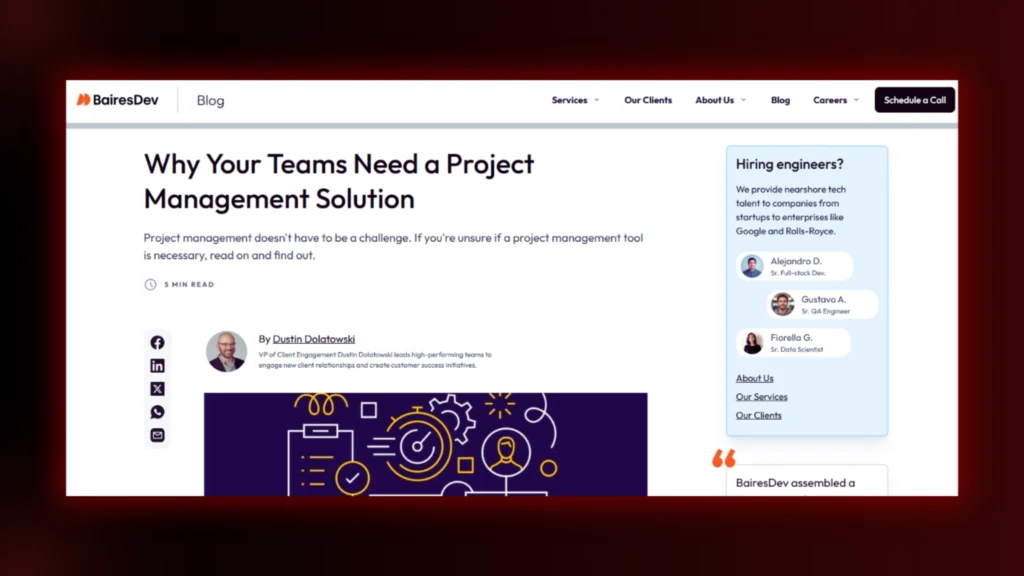
2. Consideration Stage (Middle of Funnel – MOFU)
Now, users know their problem. They’re actively looking for the best tool to solve it.
SEO Goal: Position your SaaS as the best choice.
Content-Type:
- Comparison articles (“HubSpot vs. Salesforce – Which CRM is Better?”)
- Case studies (Real-world success stories).
- Feature deep dives (e.g., “Best CRM for remote teams”).
Example: Instead of just promoting a project management tool, target searches like “Trello vs. Asana for startups.” These keywords capture high-intent users who are close to buying.
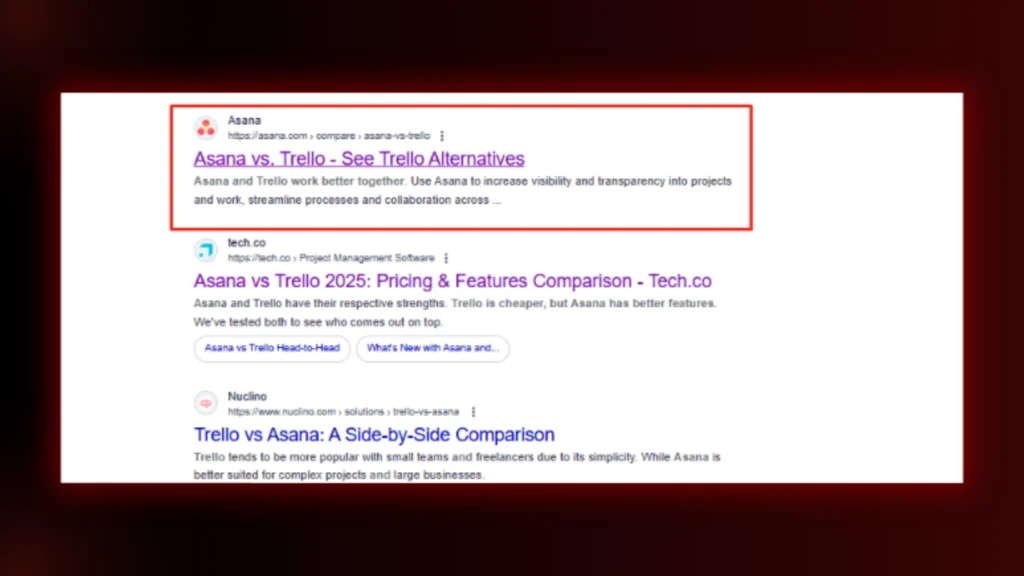
3. Decision Stage (Bottom of Funnel – BOFU)
Users have shortlisted options. Now, they need a final push.
SEO Goal: Drive direct conversions.
Content-Type:
- Optimized product pages (clear features, benefits, and CTAs).
- Landing pages for free trials & demos.
- Pricing pages with SEO-friendly FAQs.
“What’s New in Asana” is a Bofu Content!
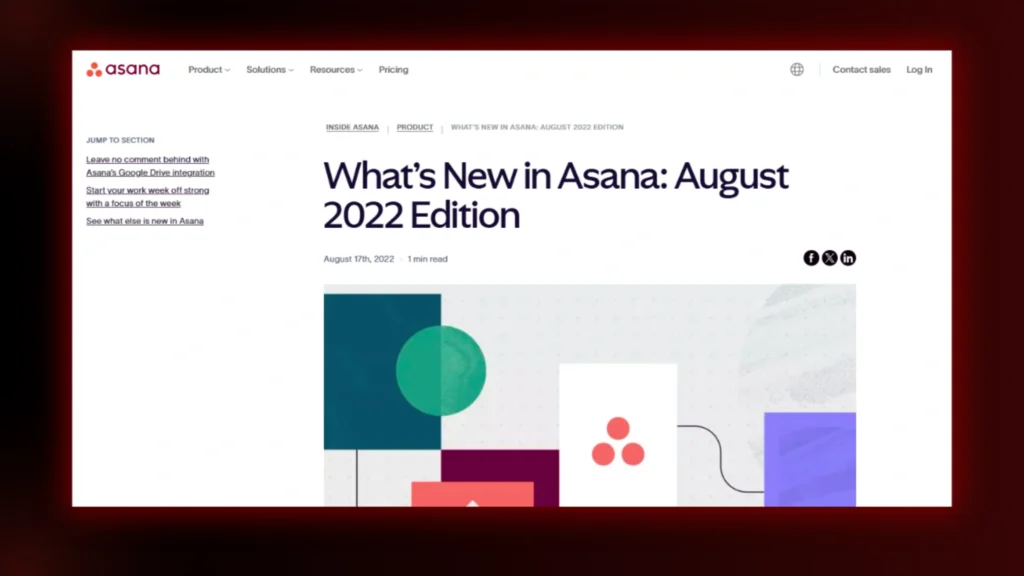
Retention SEO: Why It’s Crucial for SaaS
SEO isn’t just about getting users. It’s also about keeping them. SaaS businesses rely on subscriptions, renewals, and upsells.
Retention SEO helps keep customers engaged over time. Create valuable content like user guides and tutorials. This helps customers get the most out of your product. It reduces churn and ensures they continue to see value.
Publish feature update blogs. These remind users of ongoing improvements and benefits. Use community forums and help centres. They offer support and a space for users to connect.
For example, if you run an email marketing SaaS, ranking for “How to improve email open rates” keeps users engaged after they subscribe.
Keyword Research for SaaS (Beyond Traditional SEO)
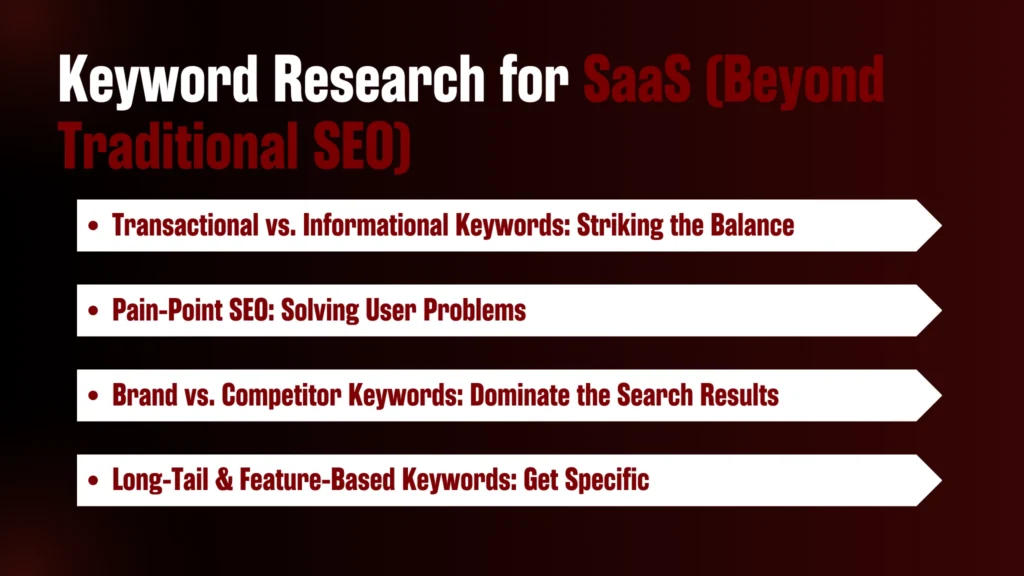
Keyword research for SaaS SEO isn’t just about ranking for popular terms. It’s about understanding your users’ needs and guiding them through their journey.
SaaS keyword research goes beyond generic searches. You need to target the right keywords at every stage.
1. Transactional vs. Informational Keywords: Striking the Balance
In SaaS, users are at different stages of their journey. Some are ready to buy, others are just exploring. You need both transactional and informational keywords to capture them all.
- Transactional Keywords: For users who are ready to convert.
- Informational Keywords: This is for users who are still learning about their problem.
Example: Instead of just going for “buy CRM software,” also target “how to choose the right CRM”.
You’ll capture users who are at different stages, whether they’re just starting to research or ready to make a purchase.
Why it matters: A mix of both helps you engage users from start to finish.
2. Pain-Point SEO: Solving User Problems
SaaS is all about solving problems. And users are actively searching for solutions. By focusing on pain-point keywords, you can show up exactly when they need help.
Pain-Point Keywords: Keywords that target the specific problems users face.
Example: Instead of “best CRM software,” try targeting “how to manage sales pipeline effectively”.
This is much more focused and helps users find a solution to their exact issue. When you solve specific problems, you connect with users on a deeper level and increase your chances of conversion.
3. Brand vs. Competitor Keywords: Dominate the Search Results
You should target both brand and competitor keywords. Brand keywords help you own search results for your product. Competitor keywords allow you to show up in comparisons.
- Brand Keywords: Focus on your SaaS name and product features.
- Competitor Keywords: Target keywords like “XYZ CRM vs. ABC CRM”.
Example: If your product is CloudCRM, target terms like “CloudCRM reviews” or “CloudCRM pricing”. Also, include competitor comparisons like “CloudCRM vs. Salesforce”.
Ranking for brand keywords builds trust and authority. Competitor keywords show that you’re a worthy alternative.
4. Long-Tail & Feature-Based Keywords: Get Specific
Long-tail keywords are gold for SaaS SEO. They’re more specific and usually face less competition. Feature-based keywords take this a step further by focusing on specific functions your product offers.
- Long-Tail Keywords: Very specific, low-competition phrases.
- Feature-Based Keywords: Keywords related to your unique features.
Long-tail and feature keywords target high-intent users who are ready to convert.
SaaS Content Strategy for SEO
Content is everything for SaaS. But it’s not just about writing articles. It’s about making sure your content helps attract traffic and builds trust over time.
Here’s how to make your content work for SEO.
1. Pillar & Cluster Model for SaaS
The pillar and cluster model is a simple but powerful way to organize your content. Think of a pillar as the main topic. Clusters are smaller, supporting pieces.
- Core Pillar: A broad topic, like “CRM Software”.
- Supporting Clusters: Smaller, more specific articles that link back to the pillar. Like “Implementing a CRM System Successfully”.
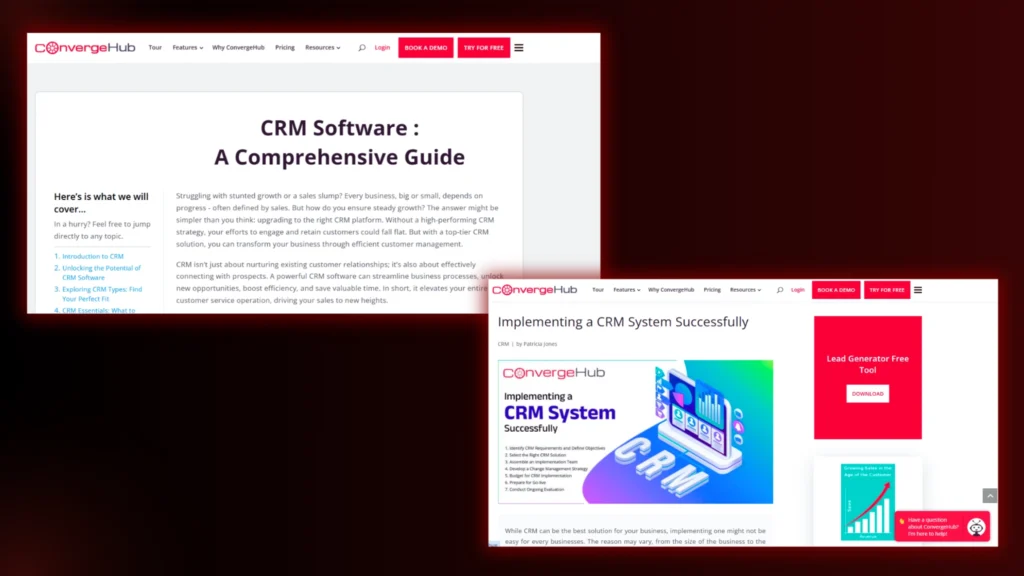
This method makes your content easy to find and navigate. It also improves your SEO.
2. Evergreen vs. Trend-Based Content
Not all content lasts forever. Some will stay relevant for years. Others are trendy and fade away. A good strategy includes both.
Evergreen Content
Evergreen content never goes out of style. It’s useful for a long time.
Examples:
- How-to guides like “How to Set Up a CRM.”
- Templates like “Free Project Plan Template.”
- Case studies like “How X Company Increased Productivity with Project Management Software.”
Evergreen content works 24/7, bringing traffic long after it’s published.
Trend-Based Content
Trend-based content is about current, hot topics. It grabs attention quickly but fades fast.
Examples:
- “AI in SaaS”
- “The Future of Remote Work and Project Management Tools”
It’s great for a traffic boost when something big is trending.
On-Page SEO for SaaS: Key Optimization Strategies
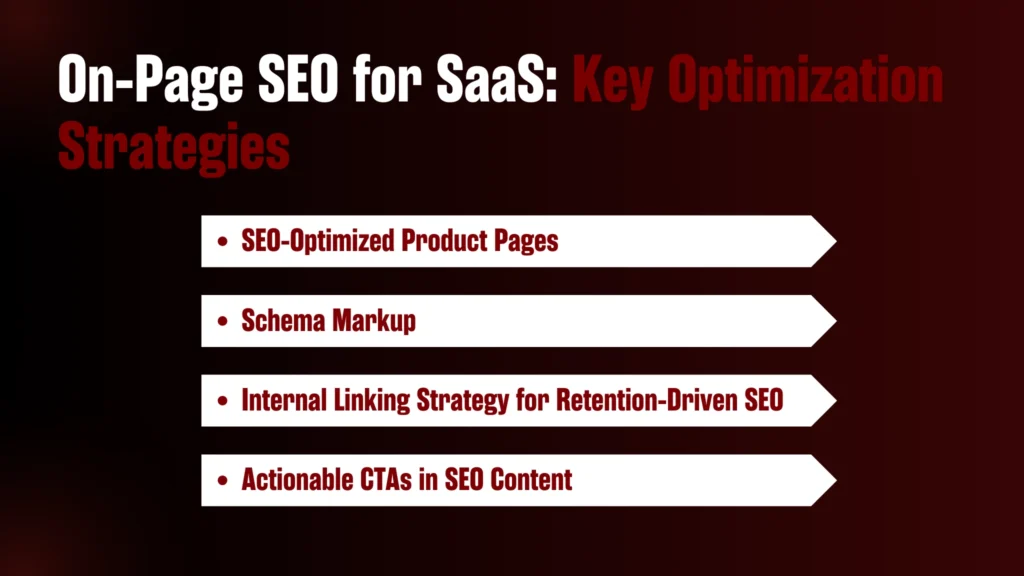
On-page SEO for SaaS isn’t just about keywords. It’s about creating pages that really serve your visitors.
Here’s how to make your SaaS site SEO-friendly and user-focused.
1. SEO-Optimized Product Pages
Your product page should do more than list features. It should show why your software is the solution.
- Highlight the benefits of your product.
- Focus on how it solves problems, not just what it does.
- Use real-world examples to show its impact.
2. Schema Markup
Adding schema markup helps search engines understand your pages better. It makes your content more visible.
- Add FAQ schema for quick answers.
- Use the How-To schema to guide users on how to use your product.
- Include a review schema to show customer feedback in search results.
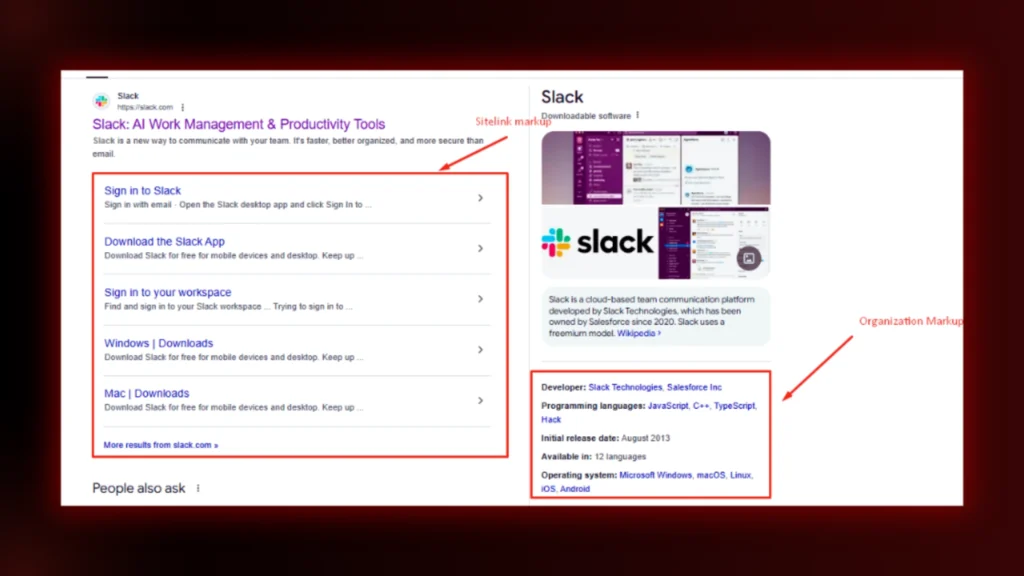
3. Internal Linking Strategy for Retention-Driven SEO
Internal links are about keeping users engaged. Don’t just use links to help them find pages. Link to keep them interested.
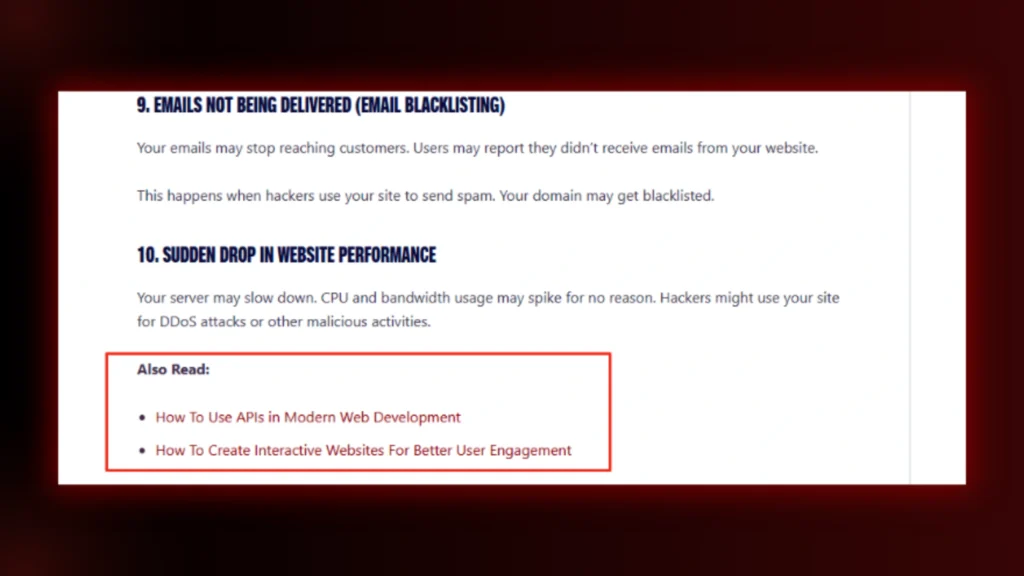
Internal linking helps reduce bounce rates and keeps users on your site longer. Plus, it improves your SEO rankings.
4. Actionable CTAs in SEO Content
Calls to action or CTAs aren’t just for product pages. They should be in your SEO content, too.
- Use clear, actionable CTAs
- Place them at natural points in your content.
A strong CTA helps turn visitors into real leads. It guides them from reading to trying out your product.
Technical SEO for SaaS Websites
1. Site Speed & Core Web Vitals
SaaS websites often have heavy dashboards. That can slow everything down. Speed matters. A slow site frustrates visitors and hurts rankings. Focus on optimizing images, caching, and improving Core Web Vitals. Make it fast.
2. Indexing & Crawlability Issues
With dynamic content and gated sections, indexing can get tricky. Search engines need to see your most important pages. Use robots.txt and sitemaps to guide them. Make sure they can crawl your site easily.
3. Subdomains vs. Subdirectories for SEO
Subdomains might seem like a good idea, but they can split your SEO efforts. Stick with subdirectories. They keep all your SEO strengths in one place, making it easier to rank.
4. Multi-Region SEO
If your SaaS is global, you need hreflang tags. They help search engines know which content is meant for which region. This stops duplicate content and ensures the right page ranks in the right place.
Future Trends in SaaS SEO (2025 & Beyond)
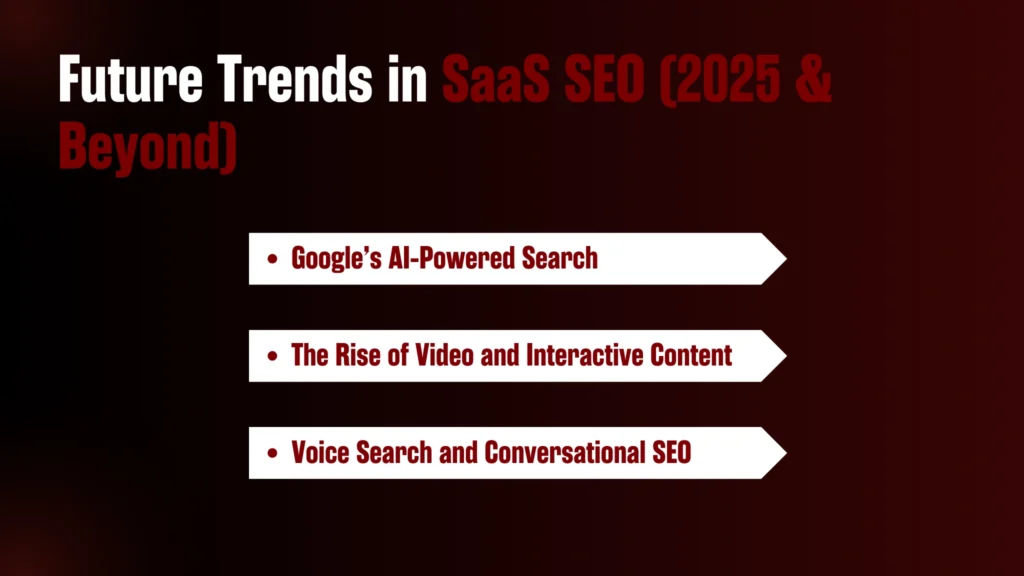
Google’s AI-Powered Search
Search is changing fast. Google is leaning more on AI to understand content. SaaS brands need to focus on clear, useful, and people-first content. Keyword stuffing won’t work. Answer real questions. Provide real value.
The Rise of Video and Interactive Content
People don’t just want to read. They want to see and experience. Video content, interactive demos, and engaging tutorials will dominate. If your SaaS isn’t using video yet, now is the time to start.
Voice Search and Conversational SEO
More users are searching by speaking, not typing. That means longer, natural-sounding queries.
SaaS brands should optimize for questions, voice search content, and FAQ-style answers. The way people search is changing. SEO needs to change with it.
FAQs
1. What is SEO in SaaS?
SEO in SaaS helps attract the right users. It’s not just about rankings. It’s about guiding potential customers through:
- Research
- Comparison
- Buying
Good SaaS SEO focuses on helpful content, product pages, and long-term visibility.
2. How to Find Keywords for SaaS SEO?
Think like your users. What problems do they have? Instead of generic keywords like “best CRM,” target pain points like “how to organize sales leads.”
Use tools like Ahrefs or Google Keyword Planner. Check competitors and find gaps.
3. What are the 4 P’s of SEO?
- Product: Is your content valuable and relevant?
- Place: Where do you rank in search results?
- Price: Are you investing in content, backlinks, and site improvements?
- Promotion: How are you driving traffic beyond Google? Think social media and outreach.
4. What are the 3 Types of SEO Services?
- On-Page SEO
- Off-Page SEO
- Technical SEO
5. Is Ahrefs a SaaS?
Yes, Ahrefs is a SaaS. It’s a subscription-based SEO tool. It helps with keyword research, backlinks, and site audits. No downloads—just login and use it online.
Final Words
A strong SEO strategy helps potential customers find your software, trust it, and stick around for the long haul. From keyword research to retention-focused content, every step plays a role in building long-term growth.
As search evolves, so should your approach. AI, video content, and voice search are shaping the future of SaaS SEO. Staying ahead means adapting, optimizing, and always providing real value.
Need expert help with SaaS SEO? Let Brand ClickX drive traffic, boost conversions, and build authority for your SaaS business. Get in touch today!

